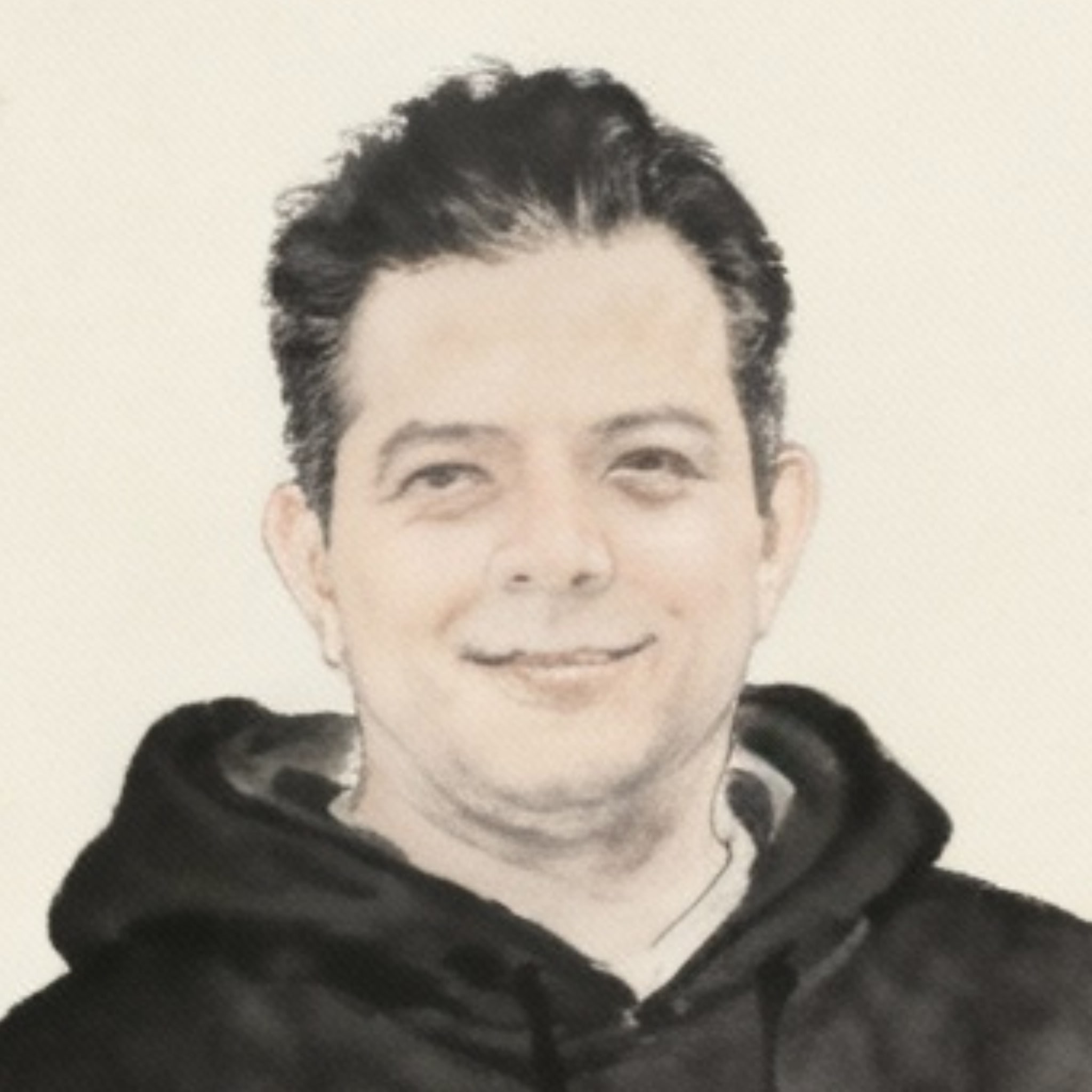When I recently started writing again after some years, I thought freedom meant having no rules. I wanted to be wild with ideas, spontaneous with expression, limitless with what I could create. So I gave myself open space: no word counts, no deadlines, no themes. Just freedom.
And do you know what happened? Nothing. The page was too open, too empty, too… free. I realized something strange: freedom without form doesn’t liberate the mind—it paralyzes it.
Clay doesn’t become art until it meets the curve of a hand. The wheel spins forever, but it’s the pressure of the fingers that gives shape to the vessel. That’s what constraints do: they press against chaos until meaning appears.
The Myth of Limitless Freedom
We’ve built a culture obsessed with open-endedness. A blank page isn’t freedom—it’s vertigo. When everything is possible, the mind hesitates and spins. Artists and sages embraced limits because boundaries don’t restrict creativity—they focus it.
The Ancient Function of Boundaries
A silent retreat taught me this through stillness: one hour, no movement. The constraint became a channel for awareness. Poets use forms (haiku, sonnet); martial artists repeat kata. Constraints give form to flow—without them, energy leaks everywhere.
The Mechanism of Constraint
Psychologically, constraints trigger focus and play. “Anything goes” freezes teams; “one hour, $100, and a paperclip” sparks ideas. The question shifts from “What should I do?” to “How can I make this work?” Freedom needs edges to exist.
Modern Application: Choosing Your Cage
In a world of infinite tools, impose limits on purpose:
- Write a poem with five words.
- Build a product in one weekend.
- Create a piece with one color.
When I chose rules, creativity woke up. Chosen constraints return power and attention. Infinite scrolling isn’t freedom; finishing one deep conversation is.
The Practice: The One-Tool Ritual
Each morning, pick one constraint and live inside it for the day:
- Take one photo, not ten.
- Write one sentence, not a page.
- Express complete gratitude to one person.
- Use one color to make something.
- Ask one meaningful question and explore it.
The aim isn’t more output—it’s depth. Attention sharpens; flow appears.
Why This Works
When everything is available, nothing feels sacred. Constraint reintroduces reverence. Scarcity, when chosen, becomes intensity. Tight budgets and deadlines can reveal what matters and focus teams on essentials.
A Personal Reflection
I coached a founder drowning in options. The challenge: pick one idea for 30 days—no switching. Two weeks in, momentum arrived; the “cage” became a portal. By month’s end, the project shipped and its purpose surfaced. That’s the paradox of the cage that lets you fly.
The Bigger Picture
Everything meaningful has a boundary: poems with rhythm, relationships with promises, games with rules. Without limits, form dissolves. Even birds need gravity to fly. The universe itself balances expansion with containment.
So when a constraint appears—a deadline, scarce resources—ask: what if this isn’t blocking my freedom? What if it’s building it?
Conclusion
Freedom comes from choosing the right walls. When the edges are clear, the center becomes infinite. When the form is chosen, the flow appears. Embrace the constraint—paint inside the frame.









